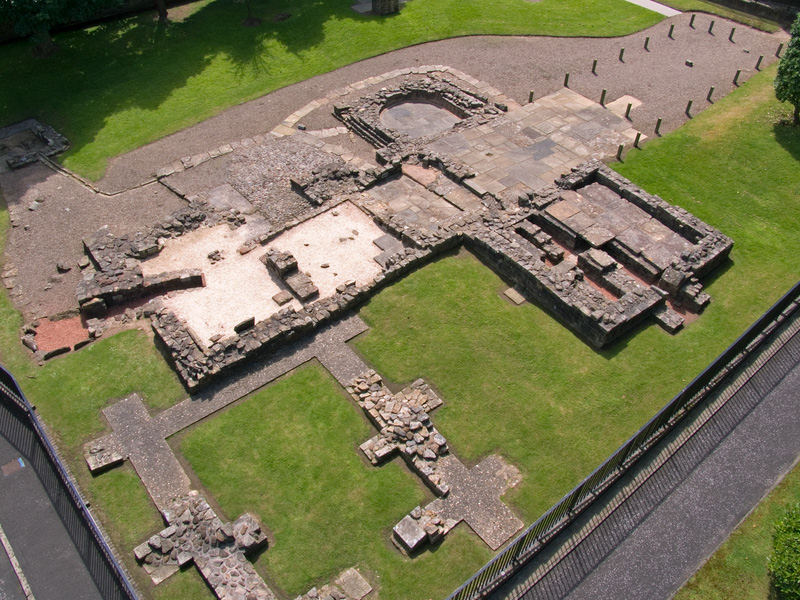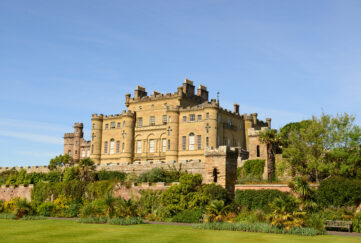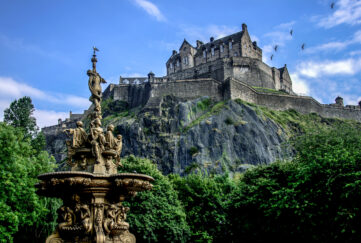Follow Up Focus – Bearsden Bathhouse

Discover the fort and bathhouse remains at Bearsden that give great insights into Roman civilisation
During the early 1970s, developers in Bearsden stumbled upon evidence of a Roman fort, part of which was a stone bathhouse now known as Bearsden Bathhouse.
It was one of a chain of forts on the Antonine Wall, and the discovery was so significant that the bathhouse was officially given World Heritage status in 2008.
The baths can be found 180m (200 yards) east along Roman Road from Bearsden Cross. A gate gives access to a marvellous example of the survival of ancient remains.
“When you visit the bathhouse, you have the opportunity to walk through the remains in the same way in which the Romans did, from room to room, which helps to understand how it worked,” says Dr Rebecca Jones, head of archaeology and world heritage at Historic Environment Scotland. “You can also see how the outflow from the bathhouse served to flush the toilet block.
“Much of the remains were quite slight – detectable during archaeological excavations but not necessarily easy to display,” she continues. “Whereas the bathhouse, being stone-built, was better preserved – the best bit is definitely on display!
“By walking around the site beyond the bathhouse you can get an idea of the layout of the fort. The fort platform is visible as a raised area in Bearsden, and the ground drops away on either side. Also, the road through Bearsden next to the bathhouse sits on top of the road that would have gone through the centre of the fort.”

The fort in Bearsden isn’t the only part of the Antonine Wall to have been excavated.
“Sites along the wall have been researched or excavated at different times,” continues Dr Jones, “so much of what you can see depends on the management that was adopted at the time.
“For Bearsden, we are fortunate that the bathhouse was taken into care and presented for the public in the 1980s, so much is down to timing.”
Professor David Breeze is an acknowledged expert on Romans and the Roman army, and one of the highlights of his career was taking part in the excavation. He’s keen to point out the significance of the Beardsen excavations, from both a historical and professional perspective.
“The excavation of a considerable part of the Roman fort and the bath-house at Bearsden was both the most exciting and challenging excavation of my career,” he says. “It is rare to be able to examine so much of a Roman fort, and to find, excavate, consolidate, landscape and interpret the bath-house for public viewing was quite extraordinary.”
For more information about Bearsden Bathhouse (CLICK HERE)
Discover more of Glasgow in this month’s The Scots Magazine >>





